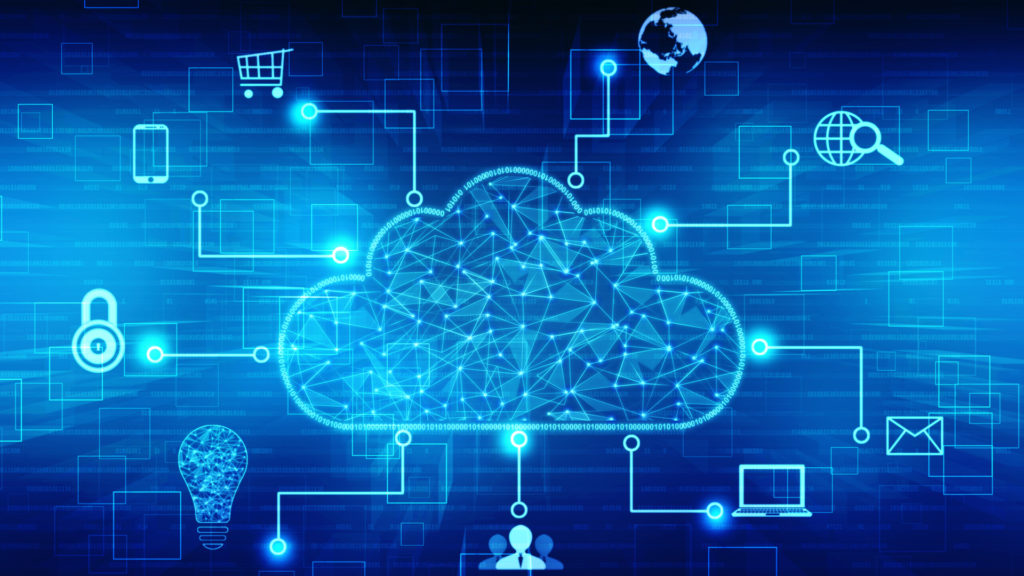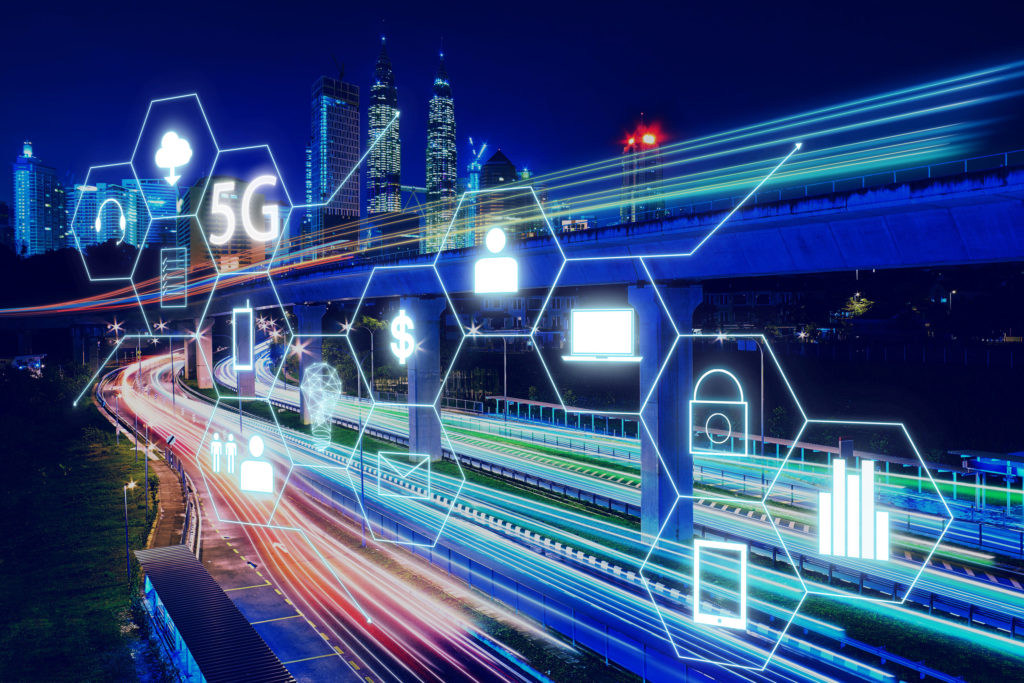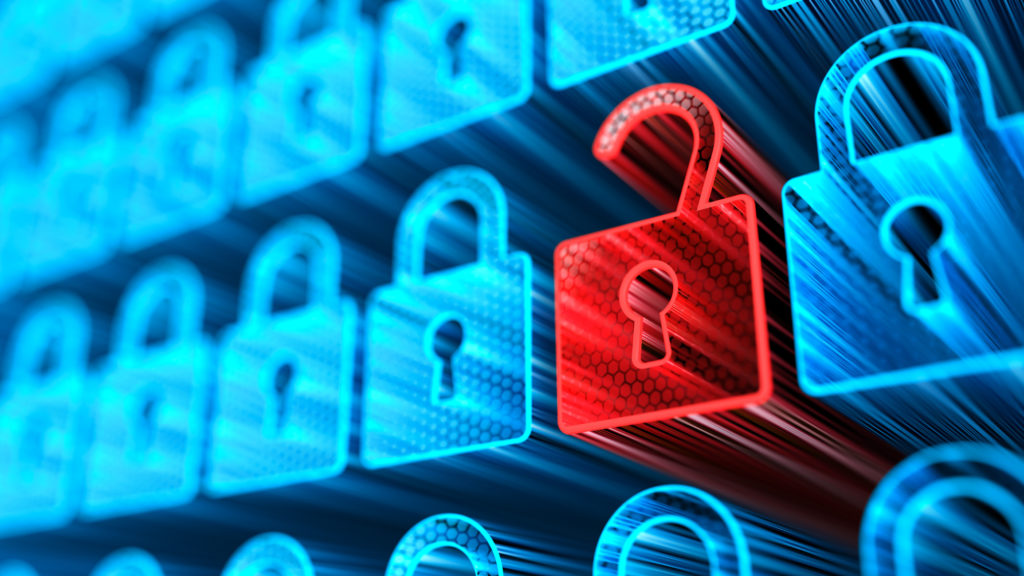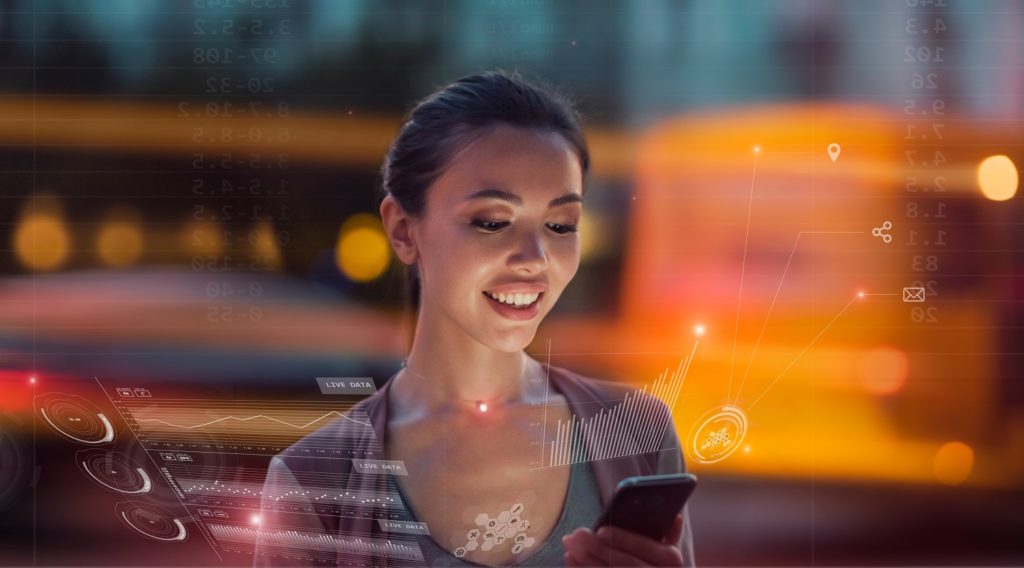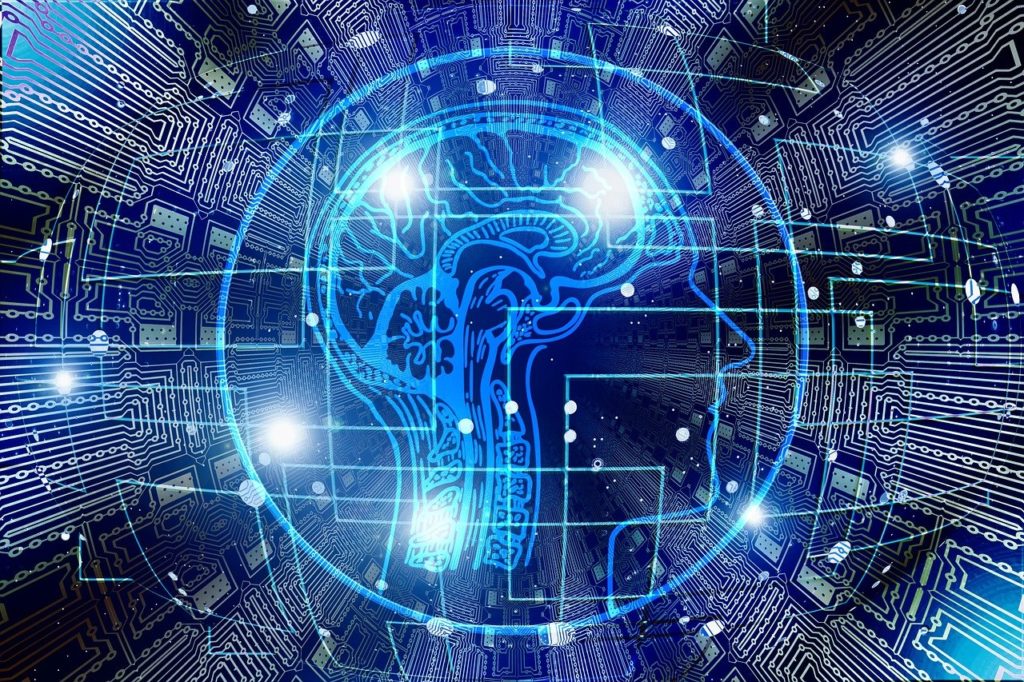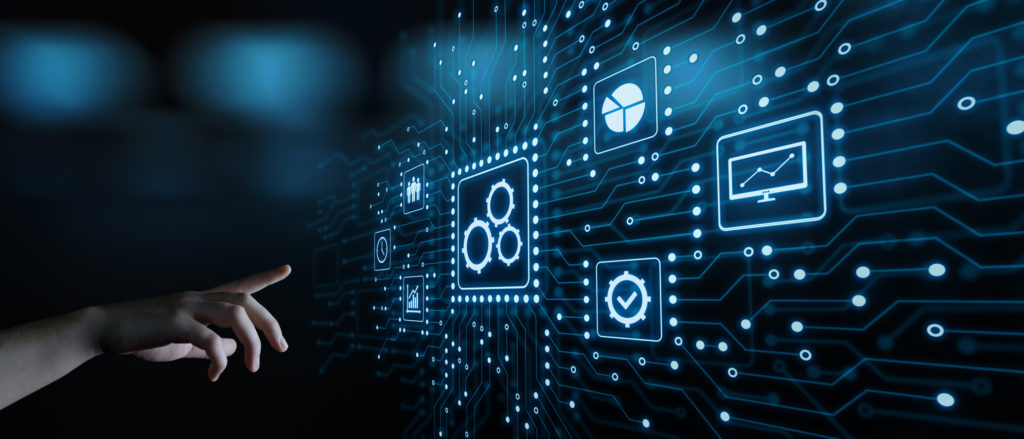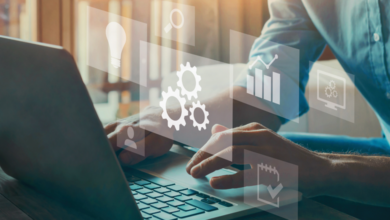The tech trends of 2021
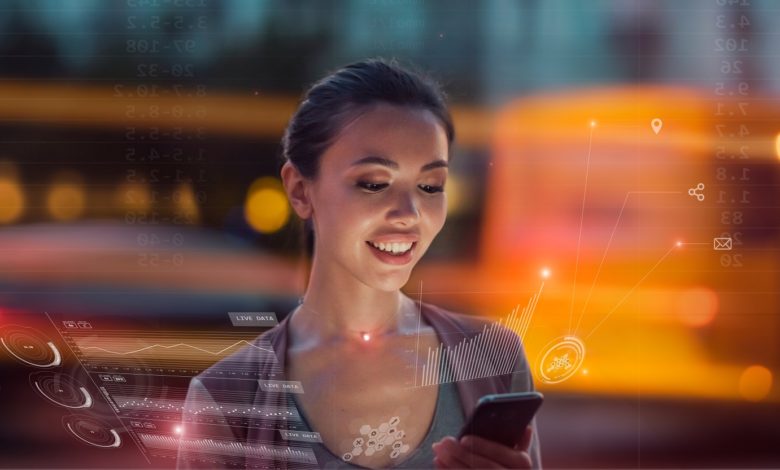
2021 finds technology in an interesting space: in the midst of the Fourth Industrial Revolution and the Covid-19 pandemic, out digital capabilities are looked to as an answer to our enforced estrangements. agendaNi surveys the technological trends shaping this year.
The Cloud
Distributed cloud technology looks set to play a major role in the future of the cloud. Distributed cloud is a technology that allows organisations to provide public cloud options for different physical locations. What this means practically is that the public cloud company will maintain and operate the service and physically execute at the point of need.
Distributed cloud helps with latency issues and with privacy regulations that require data to be contained within specific locations. Examples of distributed cloud include: on-premises public cloud, IoT edge cloud, metropolitan area community cloud, 5G mobile edge cloud and global network edge cloud.
The cloud will also play a role in the modernisation of enterprise systems that will migrate to the cloud as more organisations seek to digitise. While the cost of cloud migration has, in the past, proved prohibitive, this is beginning to change as organisations have found outsourcing arrangements that have changed traditional business cases for core modernisation. Other cloud options include shifting core assets to powerful platforms such as low-code options or embracing platform-first strategies by addressing technical debt in ERP systems and migration non-essential capabilities to other platforms.
Total experience
Total experience is the combination of previously siloed aspects such as multiexperience, customer experience, employee experience and user experience. The linking together of these experiences will streamline operations and experiences for both users and organisations.
For example, appointment systems will now be done via apps, which will notify those with appointments of the check-in process when they approach the physical location of the appointment, allowing organisation to manage capacity in response to Covid regulations.
Total experience will be part of a larger amalgamation of the digital and the physical, be it through online working, online shopping online schooling or other transactions. Deloitte predicts that “in the next 18 to 24 months, we expect in-person and digital experiences to become more seamless and intertwined”. Customer journeys will increasingly encompass the digital and the physical, where experiences will be tailored to fit individuals’ behaviours, attitudes, and preferences.
Cybersecurity
As cyberattacks continue to become more sophisticated. Cybersecurity will continue to move away from its more traditional castle-and-moat style. Zero trust architecture, which requires access request to be validated based on all available data points (user identity, device, location, and other variables), will become more and more prevalent.
Data, applications, workloads and other resources will now be treated as “individual, manageable units to contain breaches”, where access will be provided “based on the principle of least privilege”. The automation and engineering required for zero trust will strengthen security posture, simplify security management, improve end-user experience and further enable modern enterprise environments. Zero trust will require a great deal of planning around addressing foundational issues in cybersecurity, the automation of manual processes and changes to security organisation and the technology landscape.
Also likely to play a role in 2021 cybersecurity will be privacy-enhancing computation, which is made up of three different technologies that protect data while it is being used in order to facilitate secure data processing and analytics. The first of these provides the environment in which data can be safely processed and analysed using third parties and hardware-trusted execution environments; the step performs the processing and analytics in a decentralised manner using federated machine learning and privacy-aware machine learning; and the third transforms data and algorithms before processing and analytics using differential privacy, homomorphic encryption, secure multiparty computation, zero-knowledge proofs, private set intersection and private information retrieval. These steps will allow organisations to share data in untrusted environments.
The Internet of Behaviours
The Internet of Behaviours is where browsing history, cookies, “digital dust” etc. are drawn from a variety of sources and utilised by both public and private entities in order to influence behaviour. The data utilised can come from sources such as commercial customer data, social media or facial recognition; as more and more data is created via our increasingly online and digitised lives, an even more comprehensive picture of citizens will be created through ever-evolving technology.
The Internet of Behaviours “presents significant and pervasive social and ethical implications” according to Gartner, a global research firm, and the collection of data to influence behaviour has the potential to be a powerful tool, as best seen in China, where citizens are subject to a Social Credit System that rewards behaviour through a point system that offers rewards and special privileges.
Examples of the Internet of Behaviours include law enforcement having access to the speed, braking and cornering data that cars now produce in exchange for lower insurance premiums. The prevalence of these measures will depend on a jurisdiction’s privacy laws and how data can be used legally.
Artificial intelligence
Artificial intelligence engineering is based on three pillars: DataOps, ModelOps (or MLOps), and DevOps. DevOps deal with high-speed code changes and their principles must be applied across the data pipeline by organisations for DataOps and across the machine learning pipeline for MLOps in order to fully utilise AI engineering.
MLOps are seen as an increasingly important part of AI as it industrialises. This sophisticated machine learning will help companies “efficiently discover patterns, reveal anomalies, make predictions and decisions and generate insights”. As organisations seek to further embrace engineered performance, MLOps will become increasingly important.
MLOps is the application of DevOps tools and approaches to model development and delivery to industrialise and scale machine learning, from development to maintenance and management; its prevalence will engineer a move away from artisanal AI to automated, industrialised data.
Automation
Hyperautomation is an emerging trend in the automation sphere, where a business automates as many processes as possible using tools such as AI, machine learning, event-driven software, robotic process and task automation tools. Hyperautomation relieves organisations that are weighed down by organisational debt, that is to say technical, process, data, architecture, talent, social and security debt.
This debt is caused by extensive and expansive sets of business processes underpinned by various technologies that are often not optimised or connected. To enable hyperautomation, organisations have to digitise documents and artifacts in order to ensure that process workflows are digital, allowing the automation of tasks to begin.
Automation will also play a role in the increasing presence in workplaces of DEI (diversity, equity and inclusion) tools. New tools in the recruitment and advancement area of work will use AI, machine learning and automation to assist workplaces. Tools will be used to identify biased language in job postings using natural language processing, to nudge recruiters to increase awareness of potential bias using AI, and to identify optimal candidates for jobs and promotions using AI, machine learning and automation.

